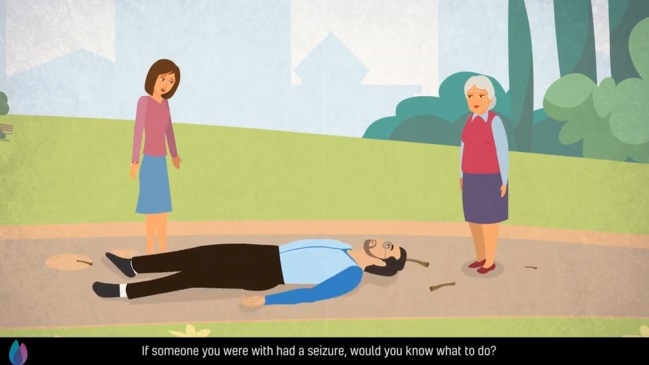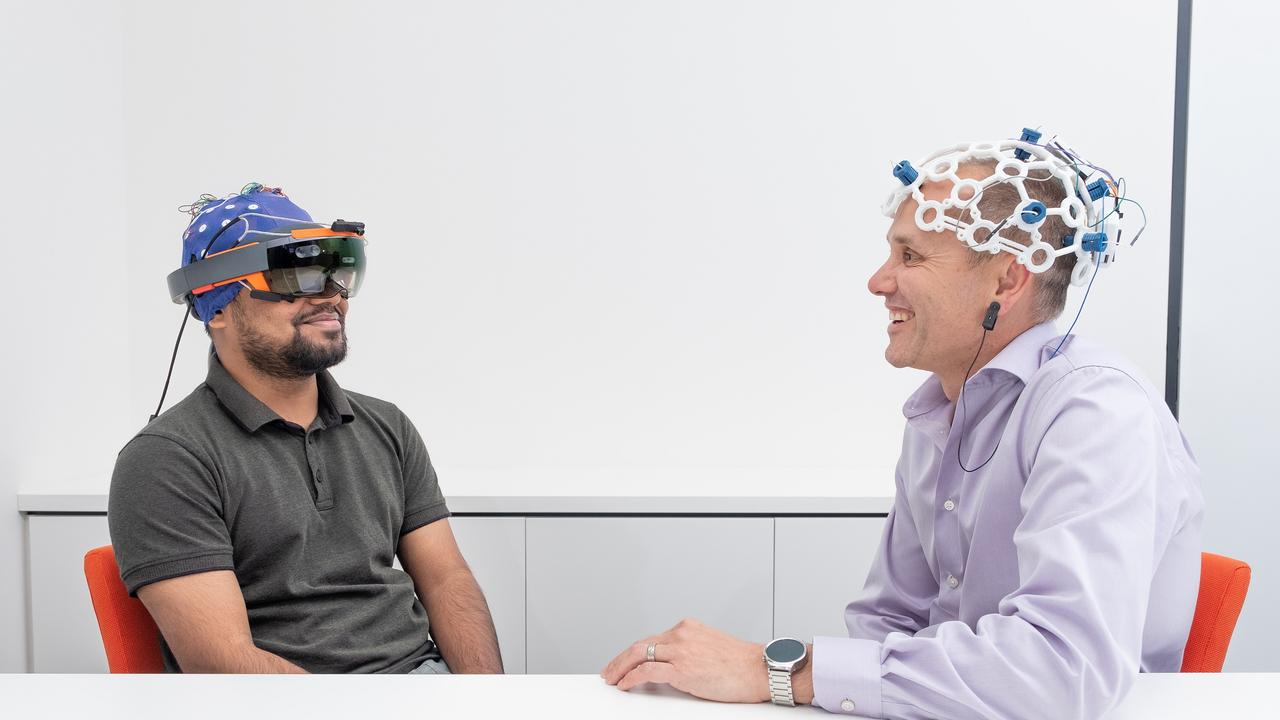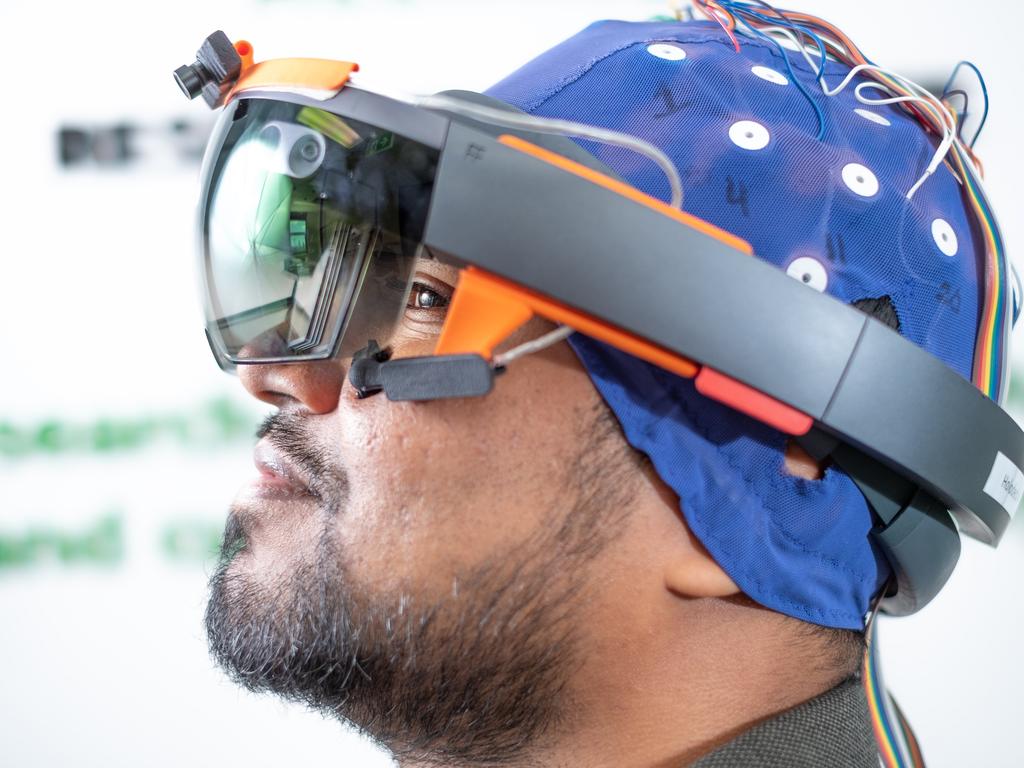Sydney-led research aims ‘to bring back portion of life’ for people with epilepsy
Researchers are working on a predictive technology that aims to enrich the lives of more than a quarter of a million Australians who suffer from epilepsy.

When I was at university I supported myself by working and managing a cafe in the Canberra CBD. One weekend a man came in with three young boys all under the age of five.
While he was waiting in line at the register he suddenly collapsed and began convulsing on the floor with saliva foaming at his mouth.
Myself and a customer created space around him and called an ambulance. It was a confronting scene, at least for me and many others in the coffee shop. But throughout the ordeal, the three little boys with the man stood idly by looking decidedly unfazed.
Their dad suffered from epilepsy, the eldest told me. This clearly wasn’t the first time they had watched him befallen by a seizure.
The man recovered and was fine. He is one of approximately 250,000 people living with epilepsy in Australia. Worldwide there are about 65 million, and of those about 35 per cent have a drug resistant form of the brain disorder making treatment extremely difficult.
The unpredictably of the recurrent seizures can impact the independence and confidence of people living with the disease but researchers like Dr Omid Kavehei from the University of Sydney are trying to change that.
The Deputy Director of the university’s Nano Institute and his team are working on technology that aims to achieve real-time monitoring and processing of brain-signals with the goal of predicting oncoming seizures.
“When it comes to the causes of epilepsy, we don’t know much yet,” Dr Kavehei told news.com.au. “The technology that we are trying to develop, you can actually find an analogy in weather prediction.”

Much of the Institute’s research is looking for ways to better diagnose patients and automatically classify what type of seizures people are having, to provide that information to doctors. The hope is that some sophisticated electrical engineering and computational power can provide high level analysis and detection.
“If we achieve seizure prediction of any kind, what would happen is you enable a portion of these patients that are in fear of seizure ... being able to confidentially engage in different activities in society,” Dr Kavehei said. Activities like driving, for example.
Part of that research is a project backed by Microsoft with an AI for Accessibility grant, as part of the tech giant’s $25 million commitment to put its software in the hands of start-ups, researchers and non-profits trying to innovate to improve the lives of people with disabilities.
Microsoft announced the partnership with Dr Kavehei today, which falls on the eighth Global Accessibility Awareness Day.
This particular project among Dr Kavehei’s work is seeking to combine Microsoft’s AI and machine learning resources and the University’s expertise in electronics and biomedical signal processing, to design a helmet device to be worn by patients when driving that could detect brain activity and foreshadow an epileptic seizure.
If it works, the hope is to one day allow patients the chance to reclaim their driver’s license, which under current NSW law requires them to be seizure free for 12 months.
“Advancements in technology, like AI and machine learning, is game-changer for creating new opportunities to empower people with disabilities. It is an incredibly exciting time to bring ideas to life and we are just starting to see what is possible,” said Jenny Lay Flurrie, Chief Accessibility Officer at Microsoft.

To date, the research has focused on data from Germany from about 60 patients — generated from both a sub-scalp monitoring system and a surface reader. Researchers also have access to data from patients at RPA hospital in Sydney.
In the coming year while Microsoft is providing support for the project, researchers hope to get closer to developing technology that could give sufferers the confidence to get behind the wheel.
“We think beyond the 12 months we’d be getting insurance companies and also the State government interested into the outcome of this research. And from that point on, join forces with hospitals to be able to test this in a wide range of epileptic patients,” Dr Kavehei said.
But it won’t be easy.
“People are trying to crack this code. In the absence of treatment and cure ... to really bring a portion of life back to the community of epileptic patients,” he said.
“We are proud of what we are doing and we always have in mind that we don’t want to, at the same time, provide a false hope. We are doing whatever we can, our best, to provide the best we can to these patients.”




